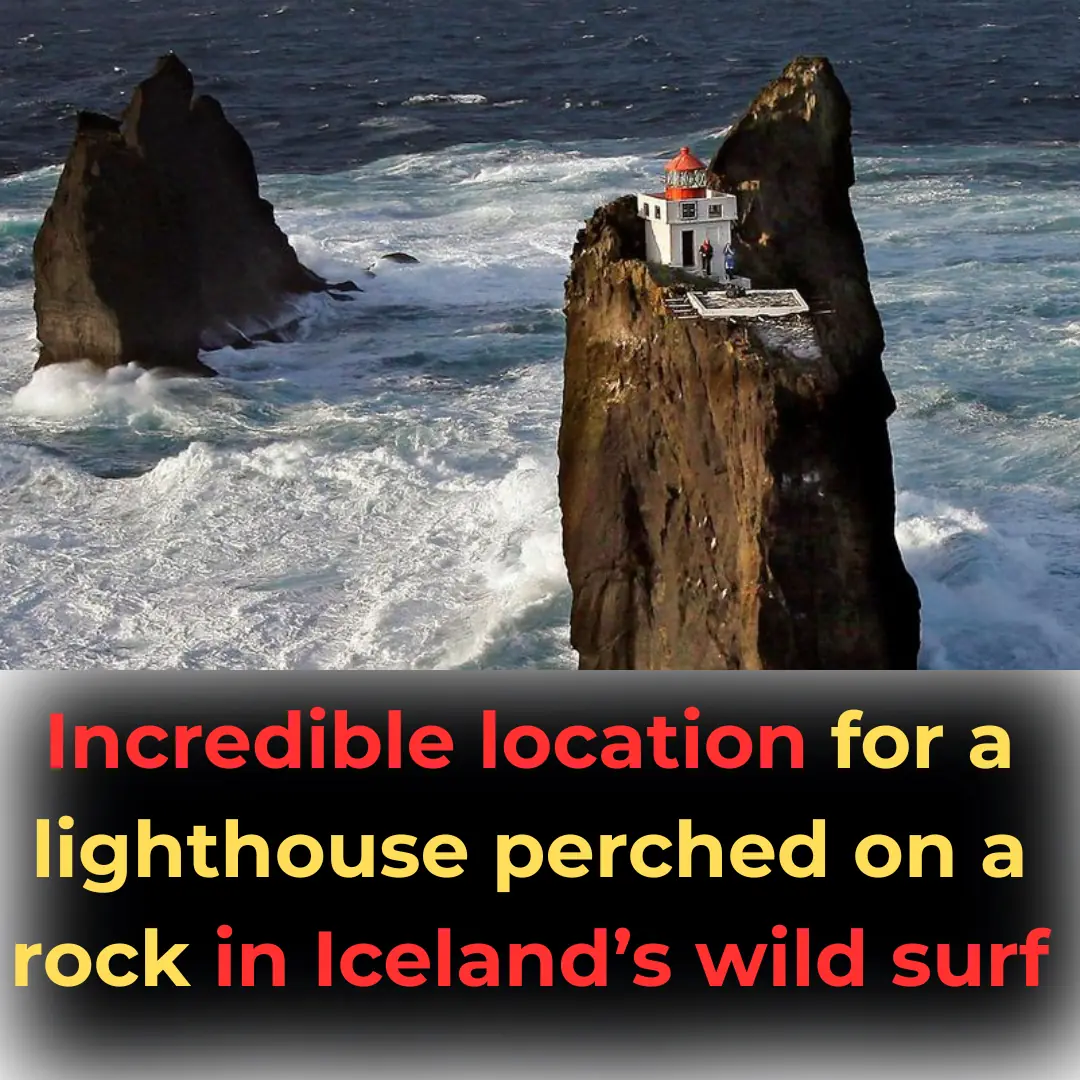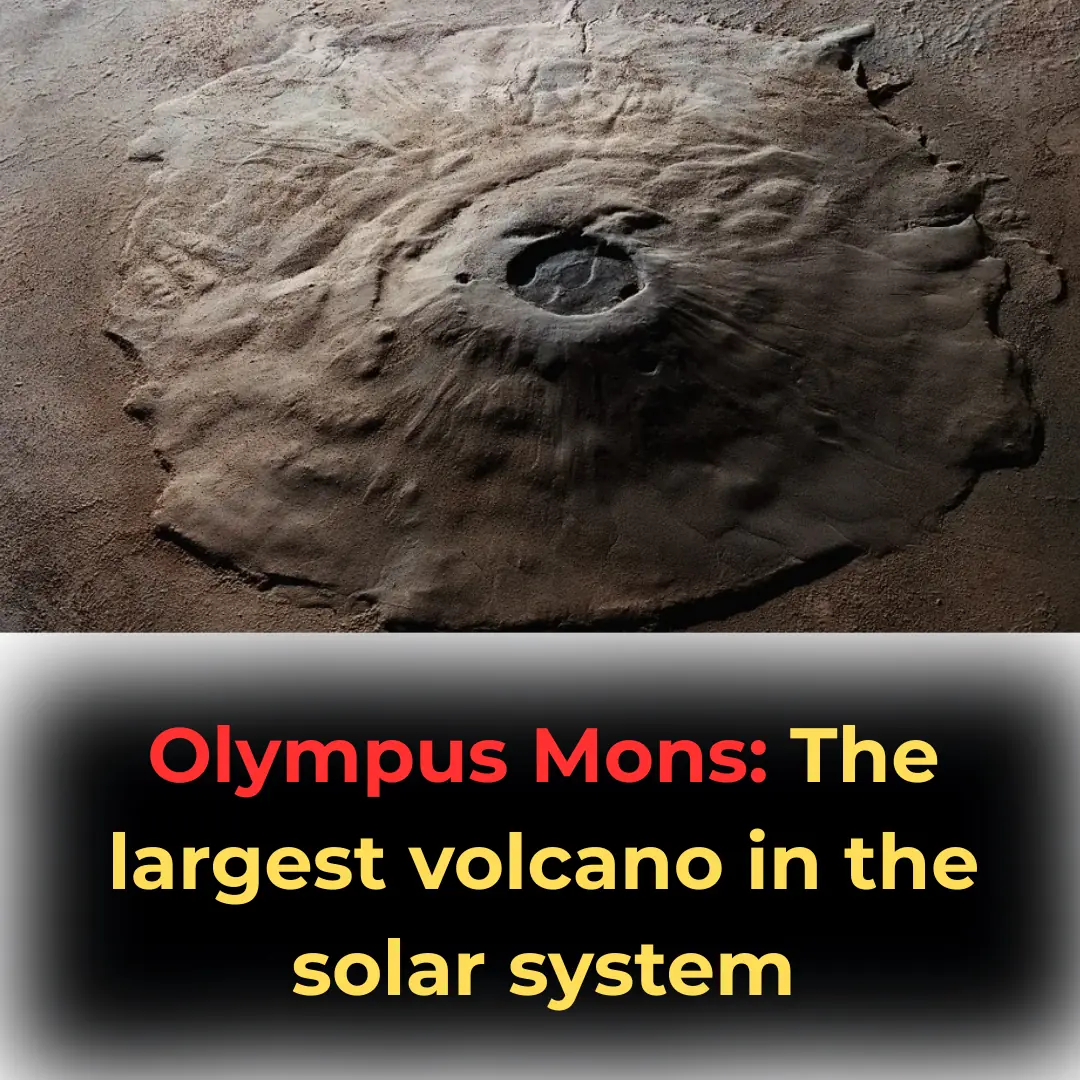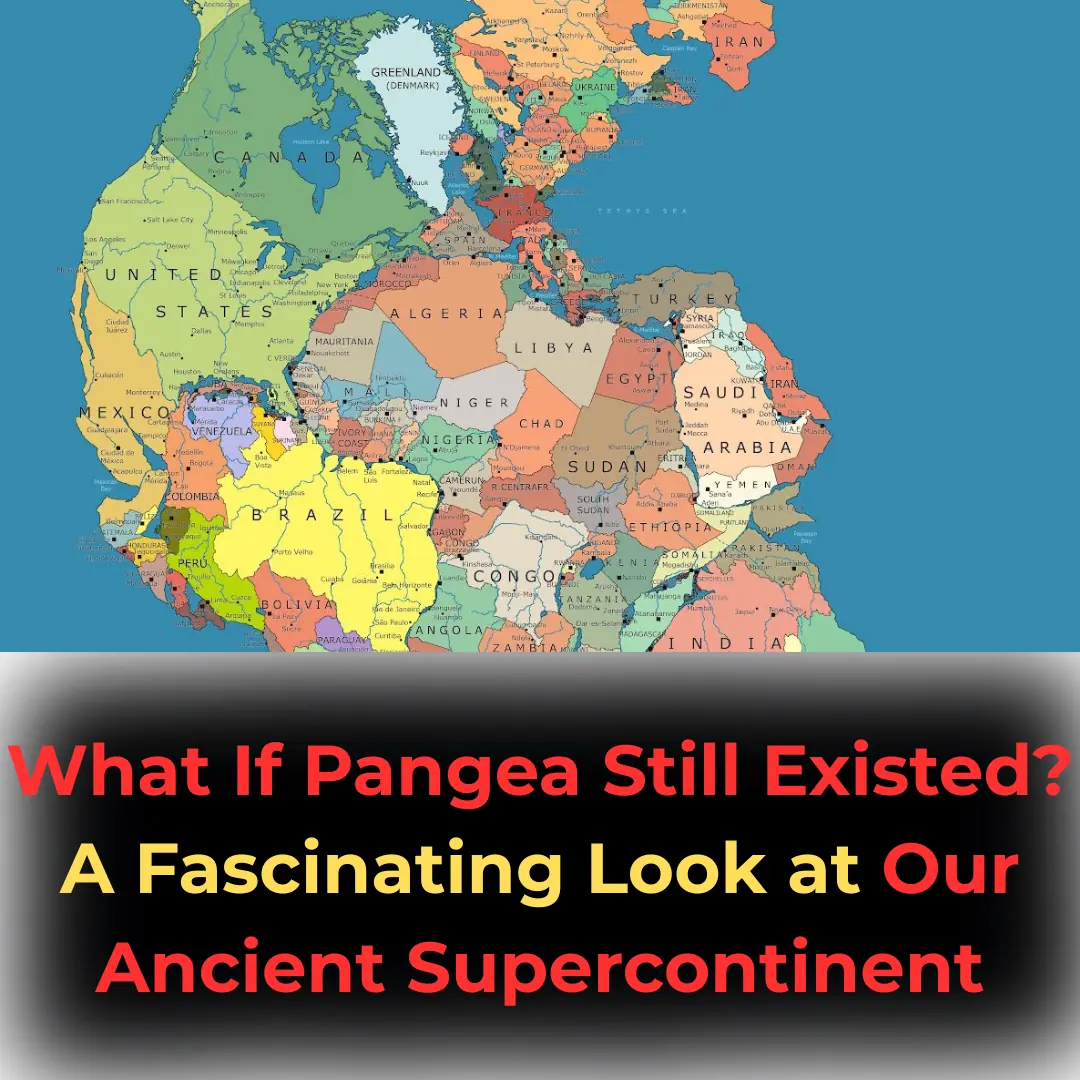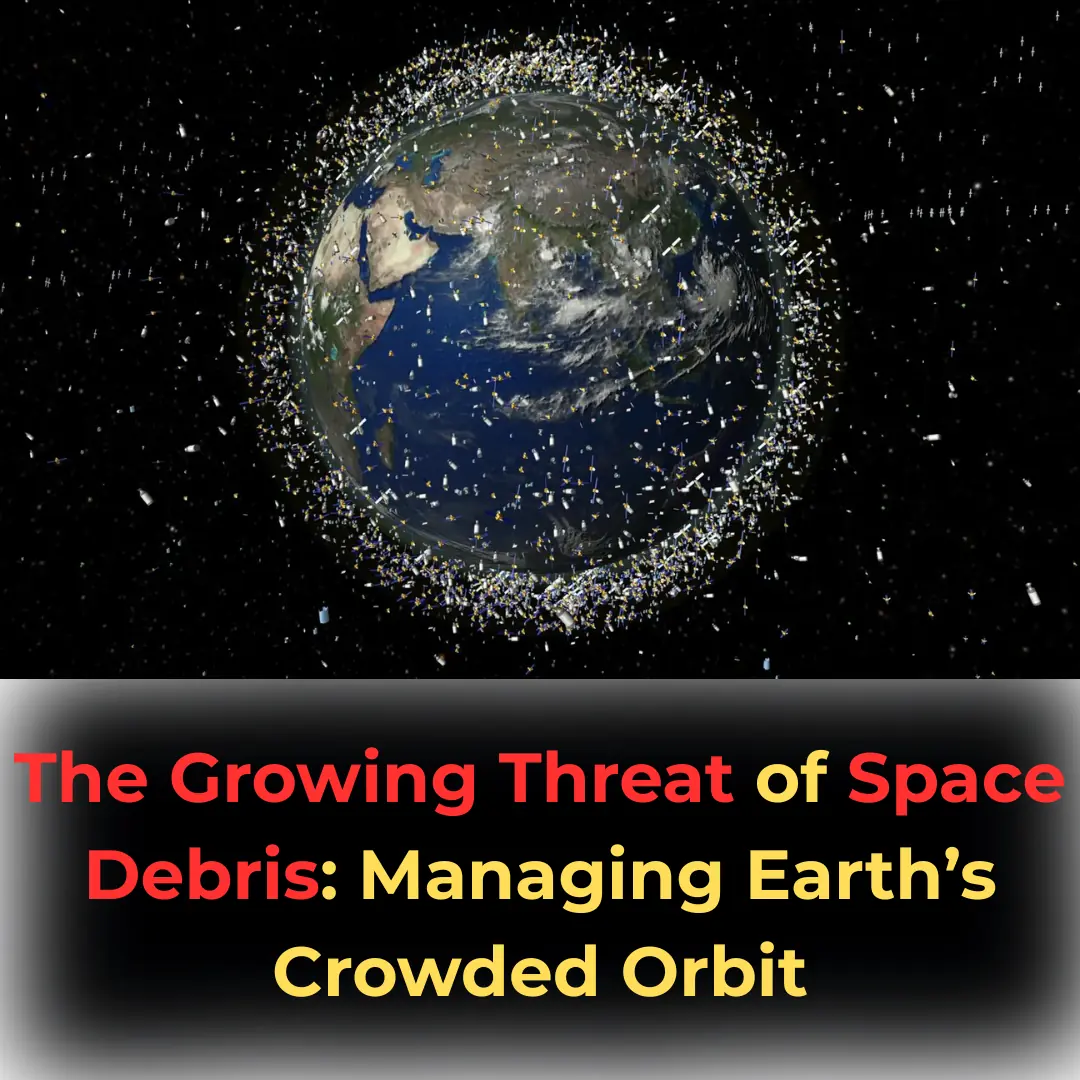
Nasa Found A Diamond In Space That Is 5 Times Bigger Than Earth!
NASA Discovers a Diamond Planet Five Times Bigger Than Earth!
In the vast, uncharted expanse of space, where the unimaginable becomes reality, NASA has uncovered a celestial gem that defies logic—a planet composed almost entirely of diamond. But this isn’t just any ordinary world; this dazzling cosmic giant, known as PSR J1719-1438b, is five times the size of Earth. This discovery is more than just an astronomical curiosity; it forces scientists to rethink what planets can be made of and how they come into existence. What does this astonishing find tell us about the universe? Could there be more planets like this, glittering in the dark depths of space?
What Is PSR J1719-1438b?
PSR J1719-1438b is anything but an ordinary planet. In fact, it didn’t even start as a planet—it was once part of a massive star. Scientists theorize that this unique world is actually the remains of a star that had its outer layers stripped away by an incredibly powerful neutron star, known as a millisecond pulsar. What was left behind was a dense carbon core, which, under immense pressure, crystalized into diamond.
Located approximately 4,000 light-years away in the Milky Way galaxy, PSR J1719-1438b is a testament to the strange and unpredictable ways in which celestial bodies evolve. Unlike the rocky landscapes of Earth, this planet’s surface is likely a vast, shimmering expanse of crystallized carbon—a true gem floating in space.
This discovery challenges traditional theories of planetary formation, showing that even the death of a star can lead to the birth of something spectacular. But how did this transformation occur, and why is this planet so unlike anything we’ve encountered before?
How Big Is This Cosmic Diamond?
PSR J1719-1438b isn’t just special because of its composition; its size is equally mind-blowing. This planet is five times larger than Earth, making it one of the most intriguing exoplanets ever discovered. To put this into perspective, imagine a world with a mass and density so extreme that its core, rich in carbon, was compressed into a diamond structure.
Its immense size raises another question—how did such a massive diamond-like planet form and remain stable in its orbit? Scientists believe that the gravitational forces from its neighboring pulsar played a crucial role in shaping its structure and maintaining its composition. The result is a planet that is not just bigger but significantly denser than Earth, making it a true anomaly in the galaxy.
The Science Behind This Sparkling World
One of the most fascinating aspects of PSR J1719-1438b is the process that led to its formation. This planet was likely once part of a binary star system, where it orbited closely around a rapidly spinning neutron star. Over time, the pulsar’s intense gravitational pull stripped away the outer layers of the companion star, leaving only the ultra-dense carbon core. This core, subjected to unimaginable pressure, crystallized into the diamond planet we see today.
This discovery has sparked discussions about the possibility of other planets undergoing similar transformations. Could there be other celestial bodies in the universe made entirely of valuable materials? If so, what does that mean for the future of space exploration and even interstellar mining?
What Makes PSR J1719-1438b So Unique?
While other planets have been speculated to contain diamonds, PSR J1719-1438b stands out due to its extreme size and purity. Unlike Earth, which has diamonds scattered within its mantle and crust, this exoplanet is believed to be composed almost entirely of crystallized carbon. The idea of an entire world made of diamond is not just awe-inspiring but also raises intriguing possibilities for the nature of planets in extreme environments.
Comparing it to other known diamond-like planets, such as 55 Cancri e, highlights just how rare and extraordinary PSR J1719-1438b is. While 55 Cancri e is a super-Earth with diamond potential, it lacks the pure crystalline structure and the incredible size of PSR J1719-1438b. The latter is a shining example of how the universe can create celestial wonders beyond our imagination.
How This Discovery Changes Our Understanding of Planets
For decades, scientists have categorized planets into familiar types—rocky, gaseous, and icy. The discovery of a diamond planet redefines these classifications, proving that planetary formation can take entirely unexpected paths. If a planet like PSR J1719-1438b can exist, what other materials could potentially make up distant worlds? Could there be planets composed of gold, platinum, or other rare elements?
This revelation also deepens our understanding of stellar evolution. The idea that a once-massive star could be reduced to a diamond planet through natural processes highlights the dramatic transformations that take place in the universe. These findings could even provide clues about the fate of our own solar system and what might happen to planets like Earth billions of years from now.
Could There Be More Diamond Planets Out There?
While PSR J1719-1438b is currently one of the most unique exoplanets ever discovered, it raises the exciting possibility that similar planets may exist elsewhere. If one star's collapse and transformation resulted in a diamond planet, then theoretically, others could form under the right conditions.
Astronomers are now searching for more evidence of these rare worlds, using advanced telescopes and observational techniques. The more we learn, the closer we get to understanding the full diversity of planets in the cosmos.
The Future of Space Exploration and Diamond Planets
The discovery of PSR J1719-1438b is not just an academic achievement—it has profound implications for space exploration and resource utilization. Imagine a future where humanity could harvest resources from planets like this, extracting diamonds and other valuable materials from celestial bodies. While this is still a far-off dream, the idea of interstellar mining is gaining traction as technology advances.
Additionally, understanding how planets like PSR J1719-1438b form could help scientists predict where other exotic worlds might be located. This knowledge could shape future space missions, guiding astronomers toward new planetary systems rich in materials that could one day be essential for human space travel and colonization.
A Cosmic Wonder Unlike Any Other
The discovery of PSR J1719-1438b, a planet five times the size of Earth and made of diamond, is a testament to the incredible diversity of the universe. It challenges everything we thought we knew about planetary composition, proving that reality is often stranger than fiction. As we continue to explore the cosmos, who knows what other remarkable worlds we might uncover? The universe is full of surprises, and this is just one shining example of its endless mysteries.
News in the same category


When my son innocently revealed that my husband had been secretly driving a brighter car with a woman I knew nothing about.

Why Was My Son Left Out? A Text Revealed the Truth

Three Became Fathers in a Day—One Text Changed Everything

"Unbelievable Coincidence: The Orphanage Held a Carbon Copy of Our Child!"

The Hidden Weight of Childhood: A Journey of Independence, Compassion, and Unspoken Secrets

There were cops in my yard, and as an african american family, my mind was full of negative thoughts

I Always Thought Housework Was a Breeze—Until My Son Taught Me a Lesson I’ll Always Remember

I Helped Plan a Family Cruise for My Dad and Stepmom & They Invited Me Too—I Didn't Know They'd Turn Me Into the Nanny
I thought joining my dad and stepmom on a family cruise would bring us closer. Instead, I found myself stuck in a tiny cabin with two kids and a long list of responsibilities no one warned me about.

"The Strength Within: A Story of Love, Loss, and Triumph"

A Surprise Visit to My Long Distance Boyfriend Turned into a Disaster— Story of the Day
After my husband of eighteen years left me, I struggled to find love again at forty-one. Desperate, I joined a dating site and met a charming man named Juan. I took a leap of faith and traveled to Mexico to surprise him, but it turned out to be the worst

Incredible location for a lighthouse perched on a rock in Iceland’s wild surf

Drought Reveals “Spanish Stonehenge” Older Than the Pyramids.

Mystical Seabed Art: The Puffer Fish’s Elaborate Mating Rituals Unveiled

Olympus Mons: The largest volcano in the solar system

"What If Pangea Still Existed? A Fascinating Look at Our Ancient Supercontinent"

The Growing Threat of Space Debris: Managing Earth’s Crowded Orbit

AM I WRONG TO BE ANGRY THAT MY 71-YEAR-OLD MOM SPENT MONEY ON A TRIP INSTEAD OF HELPING ME PAY MY BILLS?

A wounded veteran picks up trash, as people whisper behind me.

I held her tight while she cried and wouldn’t let go.
News Post

Banana Peels as a Natural Ant Repellent: A Safe and Eco-Friendly Solution

1 year ago 1 year ago Peace Lily Care Guide: Key Tips to Ensure Its Flourishing Growth

THIS DOUBLES Your Testosterone Naturally in 7 Days!

10 Remarkable Health Benefits of Pigweed Greens You Need to Know

Euphorbia Hirta (Asthma-Plant): Ancient Remedies and Modern Applications for Health and Wellness

Yarrow: A Natural Herb with Powerful Health Benefits

Onion peels and cloves: a simple hair growth remedy from Grandma's time

Vaseline to look 10 years younger

HE JUST NEEDED $25 FOR A HAIRCUT—BUT WHAT HE DID WITH IT SHOOK ME

When my son innocently revealed that my husband had been secretly driving a brighter car with a woman I knew nothing about.

Doctor Warns Against This One Thing If You Wake Up at Night

Reasons You Could Have Numbness or Tingling Sensations in Your Hands

A Well-Known Shampoo Is Being Withdrawn Immediately Due To Bacteria That Can Kill One In Ten Patients

Why Was My Son Left Out? A Text Revealed the Truth

Three Became Fathers in a Day—One Text Changed Everything

"Unbelievable Coincidence: The Orphanage Held a Carbon Copy of Our Child!"

The Hidden Weight of Childhood: A Journey of Independence, Compassion, and Unspoken Secrets

There were cops in my yard, and as an african american family, my mind was full of negative thoughts

I Always Thought Housework Was a Breeze—Until My Son Taught Me a Lesson I’ll Always Remember

I Helped Plan a Family Cruise for My Dad and Stepmom & They Invited Me Too—I Didn't Know They'd Turn Me Into the Nanny
I thought joining my dad and stepmom on a family cruise would bring us closer. Instead, I found myself stuck in a tiny cabin with two kids and a long list of responsibilities no one warned me about.